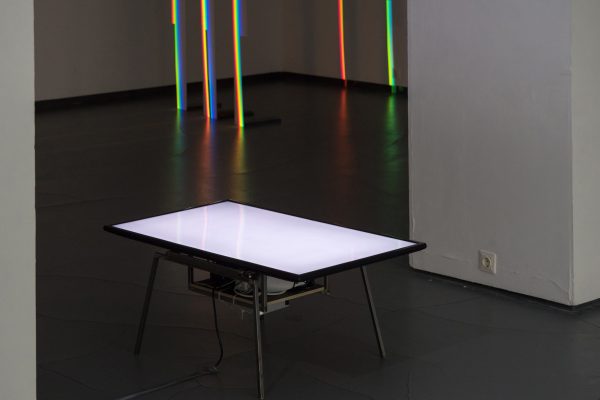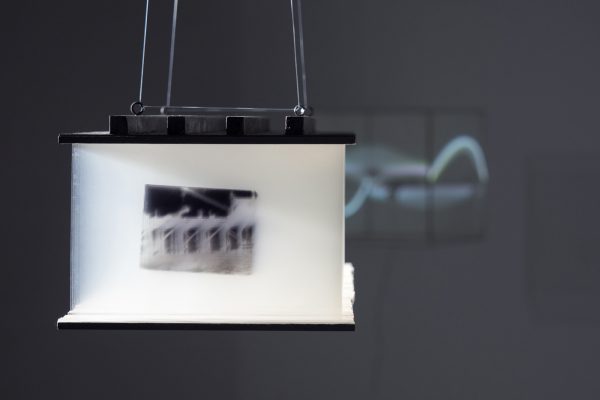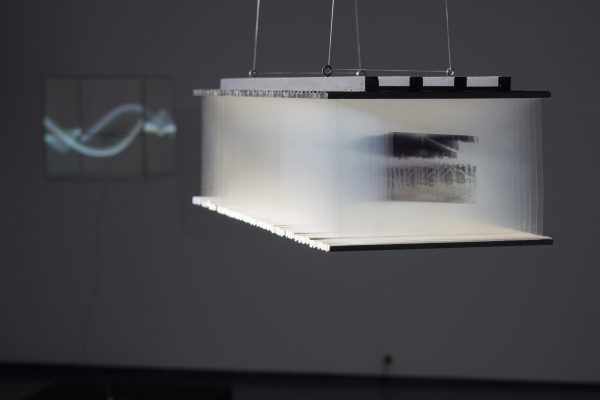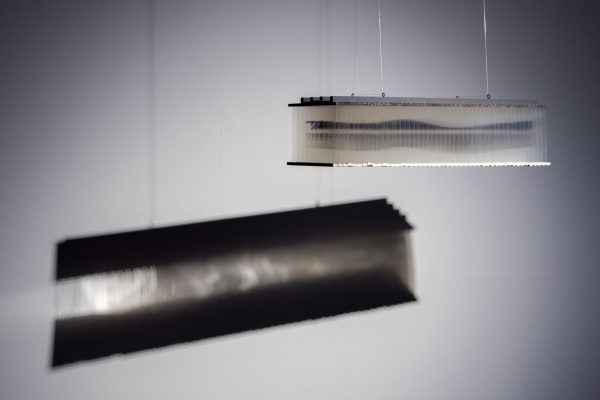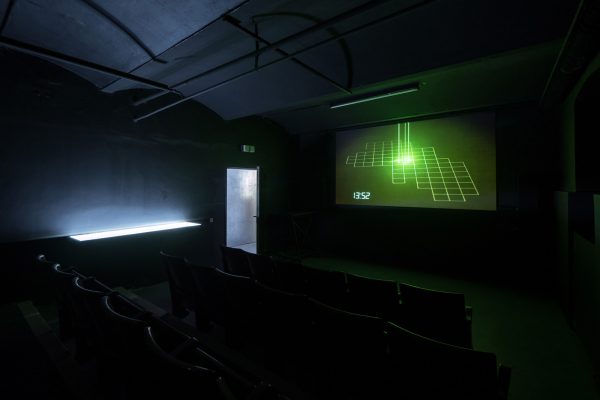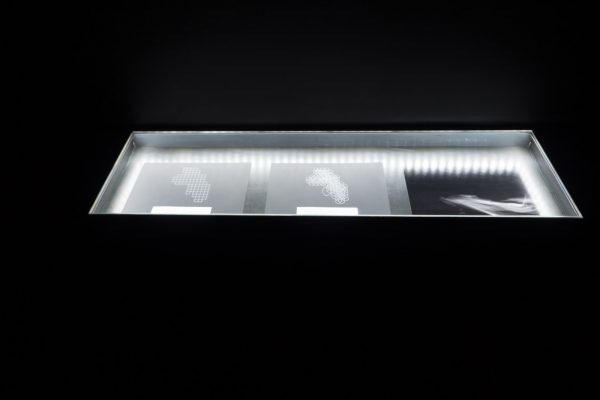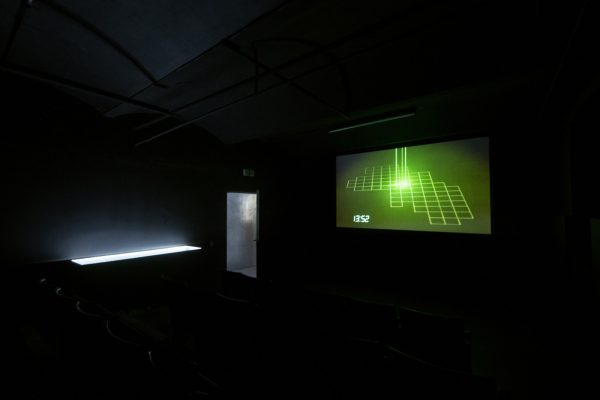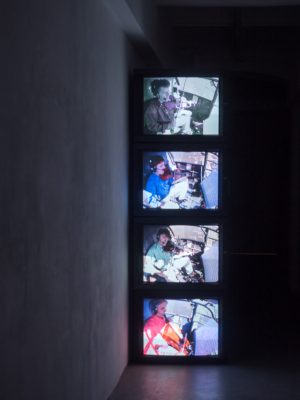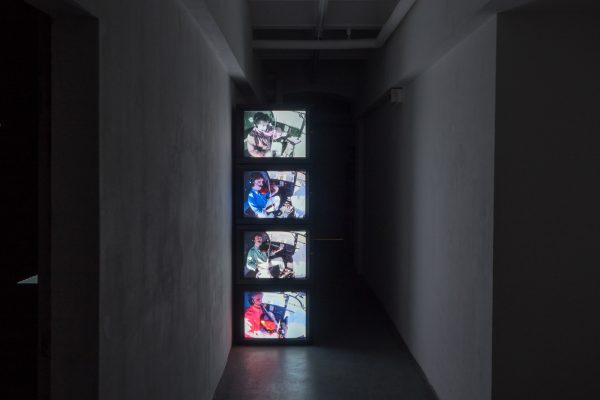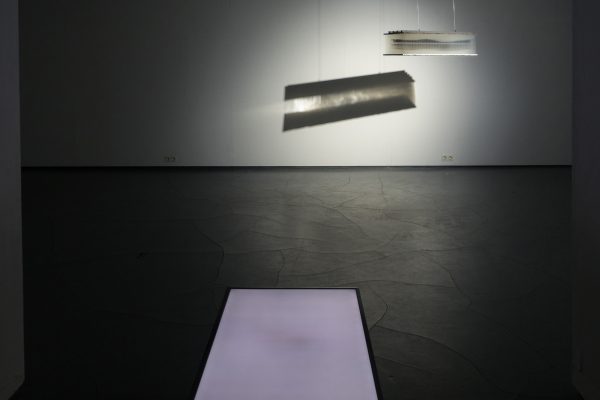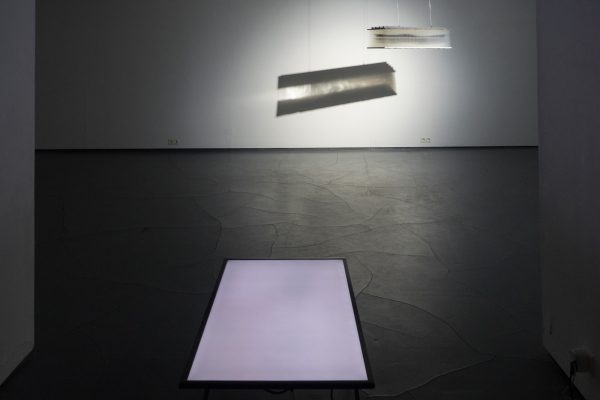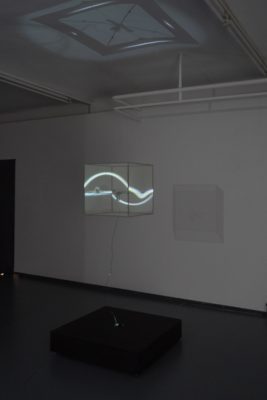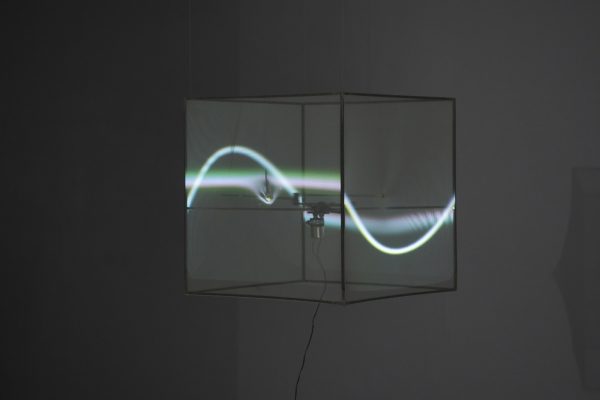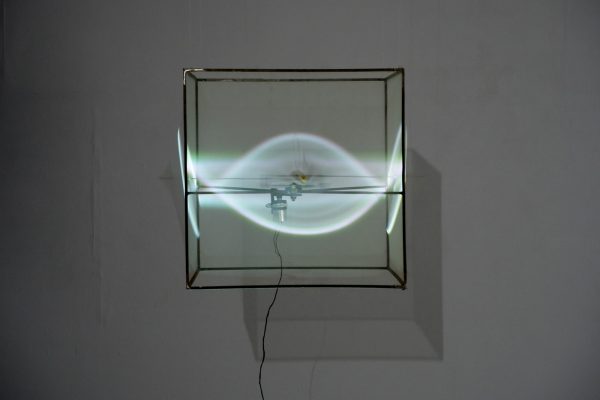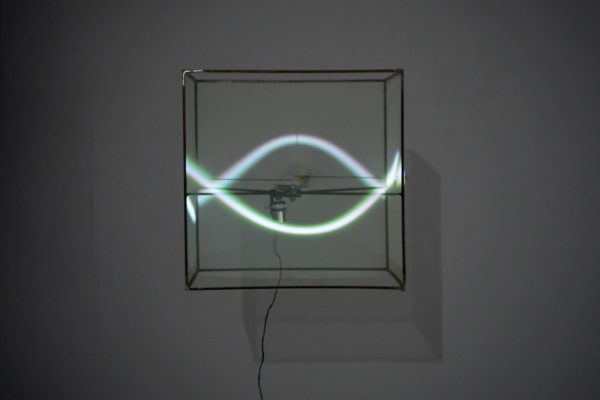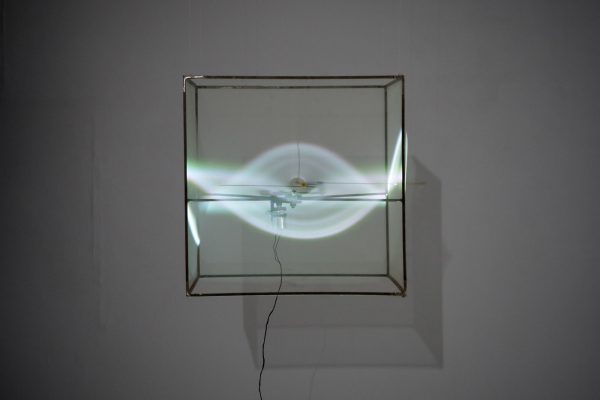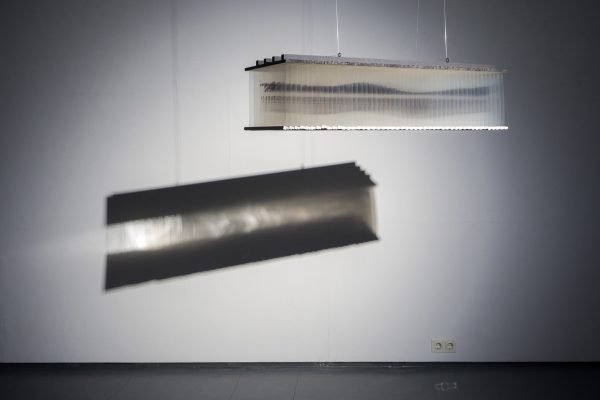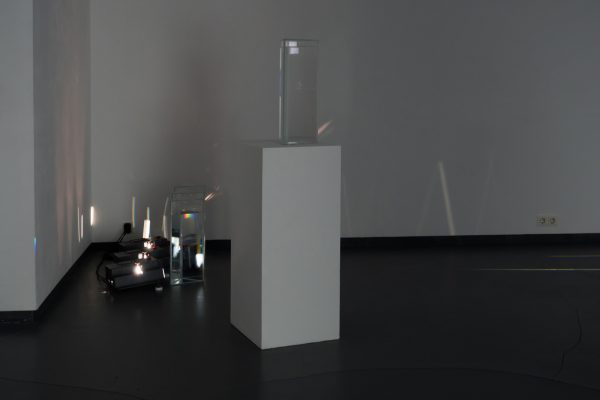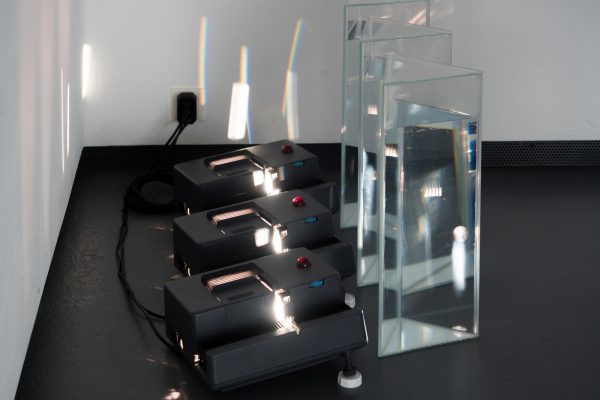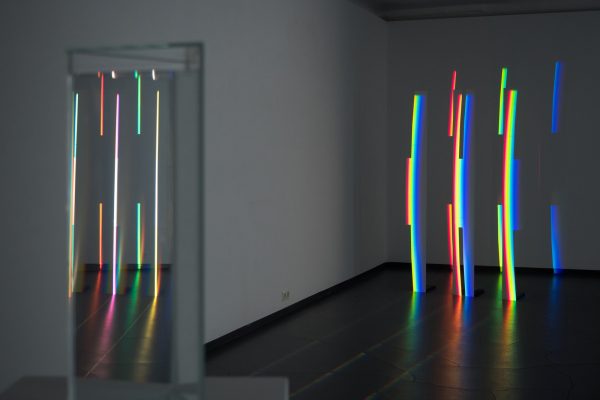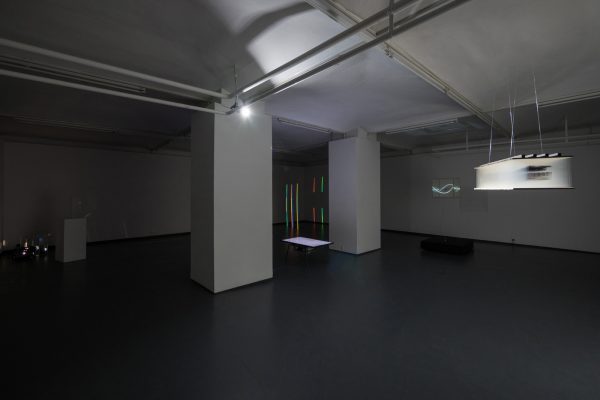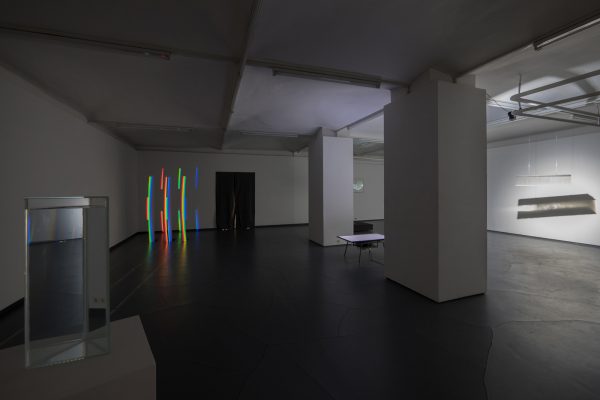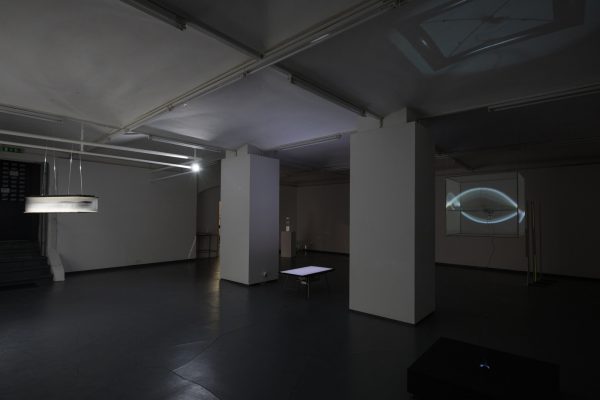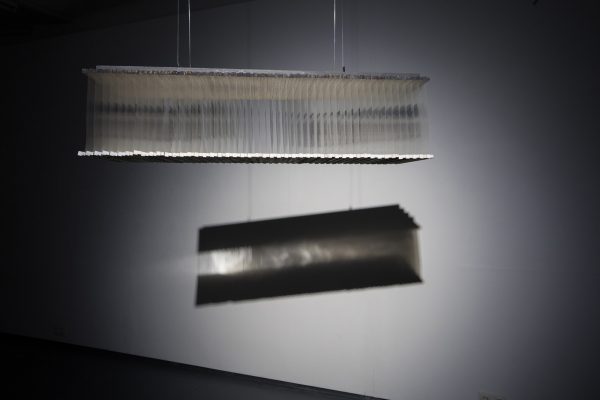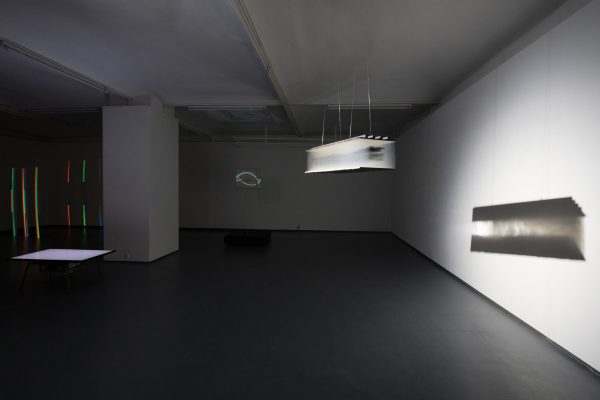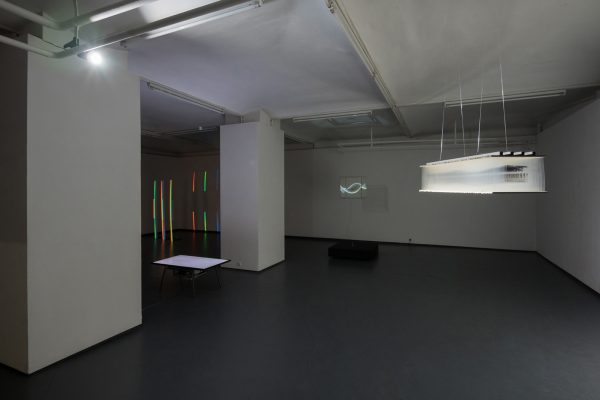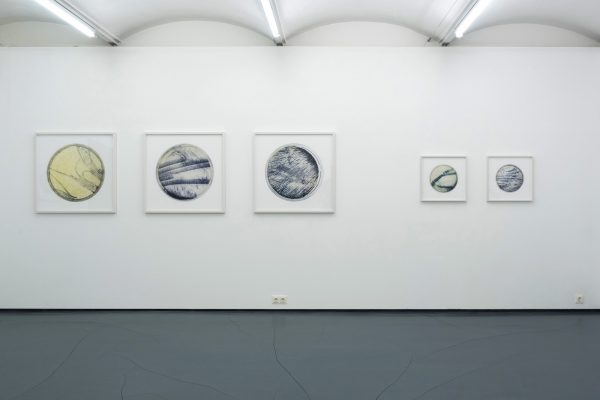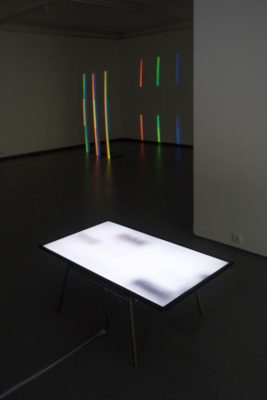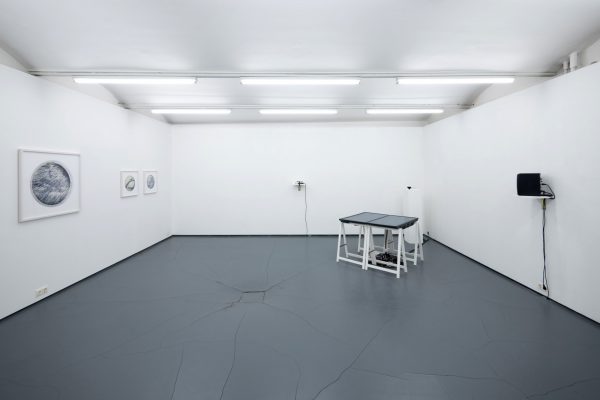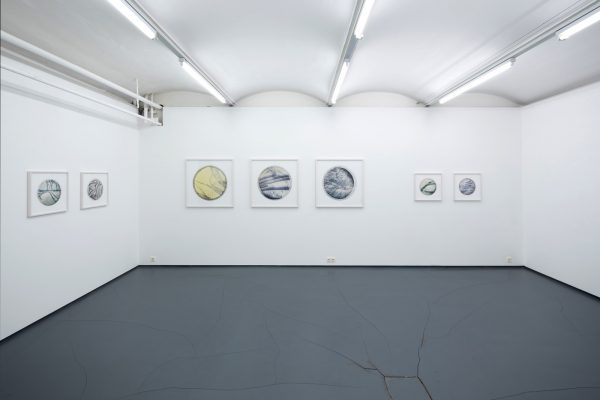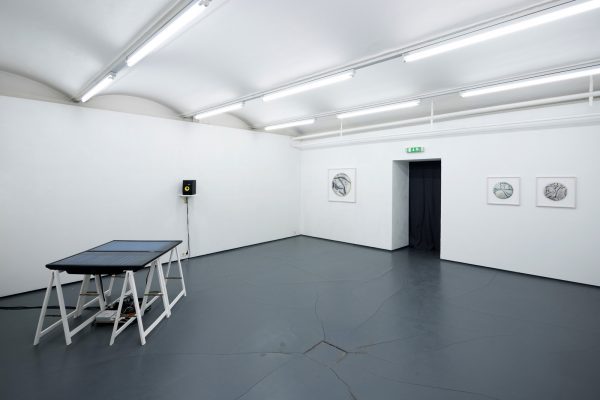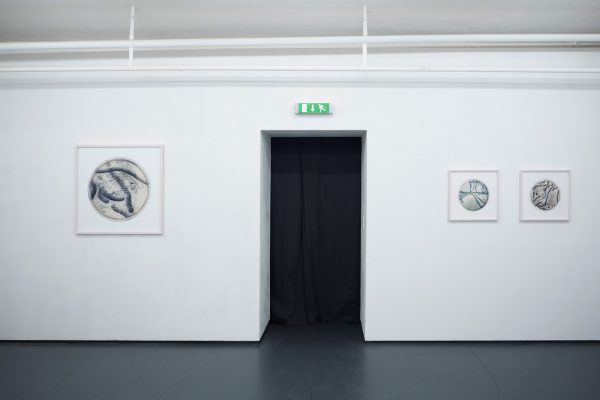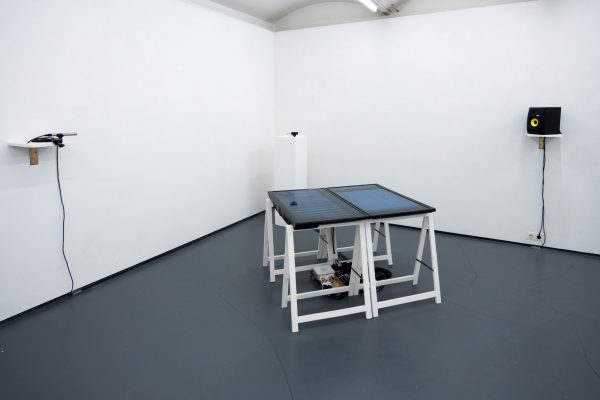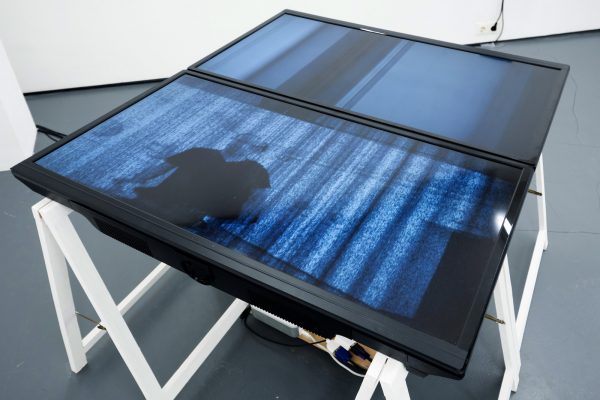Opening: Monday, 12 October, 7 p.m.
Introduction: Julian Tapprich
Accompanying program: Friday, 23 October, 8 p.m.
Filmscreening Karlheinz Stockhausen: Helicopter String Quartet by Frank Scheffer, 1995, 78 min., with an introduction by Andreas Müller
sponsored by: BKA Kunst; MA7-Kultur; Cyberlab
Thanks to: Stockhausen-Stiftung für Musik and Frank Scheffer; Galerie Stadtpark Krems; Eye Filmmuseum Amsterdam
Seen for long as having an almost sibling-like closeness, just how many points in common exist between art and science has been almost forgotten. But both deal with new worlds that have to be imagined, new conceptual models that need testing and images need to find for what in the recent past was still intangible. Experiments and experimental methodologies not infrequently lie at the heart of the respective enterprises. The FOTOGALERIE WIEN is showing eight artist positions that produce unexpected insights. What was still thought of as a straight line can now become a bend. In the exhibition, To Draw a Bow to Bend a Line, light waves are interrupted and wave movements captured, DNA is made to resonate and bacteria are offered unusual fields of employment.
In his installation, BREAKWATER (2008-2010), Alan Cicmak takes up a film made by Thomas A. Edison who, in 1901, documented the construction of a breakwater from a small boat. Cicmak concentrates on a two-second sequence that not only captures the work on the pier but also the strong swells which are affecting the boat and thus the camera. The 48 frames of this scene are transferred to transparent film and hung according to the height of horizon line which, looked at from the front, appears to level off the wave movement. From the side, however, the hung images follow a curve which, in its unblemished exactitude, lifts the swell into the light of day as a trouvaille of times past.
Edgar Lissel, having become involved with cyanobacteria, arrived at his own method of creating images. He makes use of one of the bacteria’s characteristics – they orientate themselves towards light. In a nutrient agar solution in transparent petri dishes, the bacteria culture grows over images he has predetermined. He then fixes this biological process using photography. For Bakterium – Selbstzeugnisse (1999–2001), he had the bacterial cultures trace out microscope images of themselves. Lissel’s photographs document this vivification process of the picture in which the entities – normally invisible to the naked eye – make themselves visible in larger-than-life images.
With their installation, TRANSLATION (2013), Martina Menegon and Stefano D’Alessio attempt to find a way of depicting a room so that particular emphasis is given to small changes taking place in it. An image of the surroundings is taken with a camera, scanned, transposed into a continuous sequence of pixels and directly translated into sound. The sound generated from the pixels is played back into the room via loudspeakers. The sounds in the room – from the loudspeakers but also everything else – is picked up by a microphone and ‘recorded’ back into the pixel sequence. In this way the feedback loop, with its continuous sound and image input, causes the representation of the real room and the virtual room drift apart in real time.
The video work, Kairos (2010–2014), by Andreas Müller shows his endeavour to visually capture the movement of time during one day. In order to do this he uses his own system in which a classic digital time display can extrapolate an abstract choreography. From exactly 00:00 to exactly 23:59 every second is translated into a Cartesian system which then corresponds to a particular sequence of movements of an abstract column of light. What we see is an almost uncanny dance of these laser-generated column that imperturbably and with hypnotic tirelessness wanders across a black ground.
Ingo Nussbaumer purposefully sounds out the appearance of spectral colours that can be produced by prisms, slit apertures and spectral separators. Using a special way to fragment a full spectrum, he succeeds in achieving simultaneity in what are normally separate physical experiments. In his light installation, Cut Out, three light cones limited by a slit are split by a prism into the spectral colours. These are then fragmented into coloured pairs by means of a self-designed template. Passed once again through a prism these appear in the room as single-colour beams of light. Thus red and green playfully unite to give yellow, red and blue become magenta and green and blue, turquoise.
In Sarah Rechberger’s light installation, Ohne Titel (Oszillationsmaschine) [Untitled (Oscillation Machine] (2009), a simple square of light is projected from below into a cube of elastic, semi-transparent artificial fibre fabric. In the middle of the cube there is a motor-driven crankshaft that tensions the fabric sidewalls inwards and outwards using four wires. Thus the object comes to life and the unmoving light projection is turned into pulsating wave lines. And so the square is circled, to the accompaniment of the sounds of oscillation.
In Karlheinz Stockhausen’s (1928–2007) “Helikopter-Streichquartett” [Helicopter String Quartet] four musicians play the piece composed by Stockhausen while flying through the air each in one of four separate helicopters. In turn, the altitude of the individual helicopters is determined by the score which is being played by the musician. The project, directed by Frank Scheffer and recorded in 1996 with four video cameras, is thus a radical endeavour to give music and a musical score a spatial dimension.
The source material for Herwig Turk’s video installation, DNA-Film (2008), is the DNA sequence as it can be read using gel electrophoresis: as an apposition of small, slightly unfocussed, black and white rectangles on film material. The material thus secured has similarities with the punch cards that were used in the earliest generation of computers but it also has analogies to the flickering black and white film leader. Using simple linear animation Turk generates a video that apparently causes the double helix – and thus the genetic code – to pulsate. The leap from a two dimensional graphic depiction to a time-based strip is enhanced by a soundtrack that is derived from the direct translation of variations in the levels of luminance of the individual frames.
Julian Tapprich and Petra Noll, for the collective
